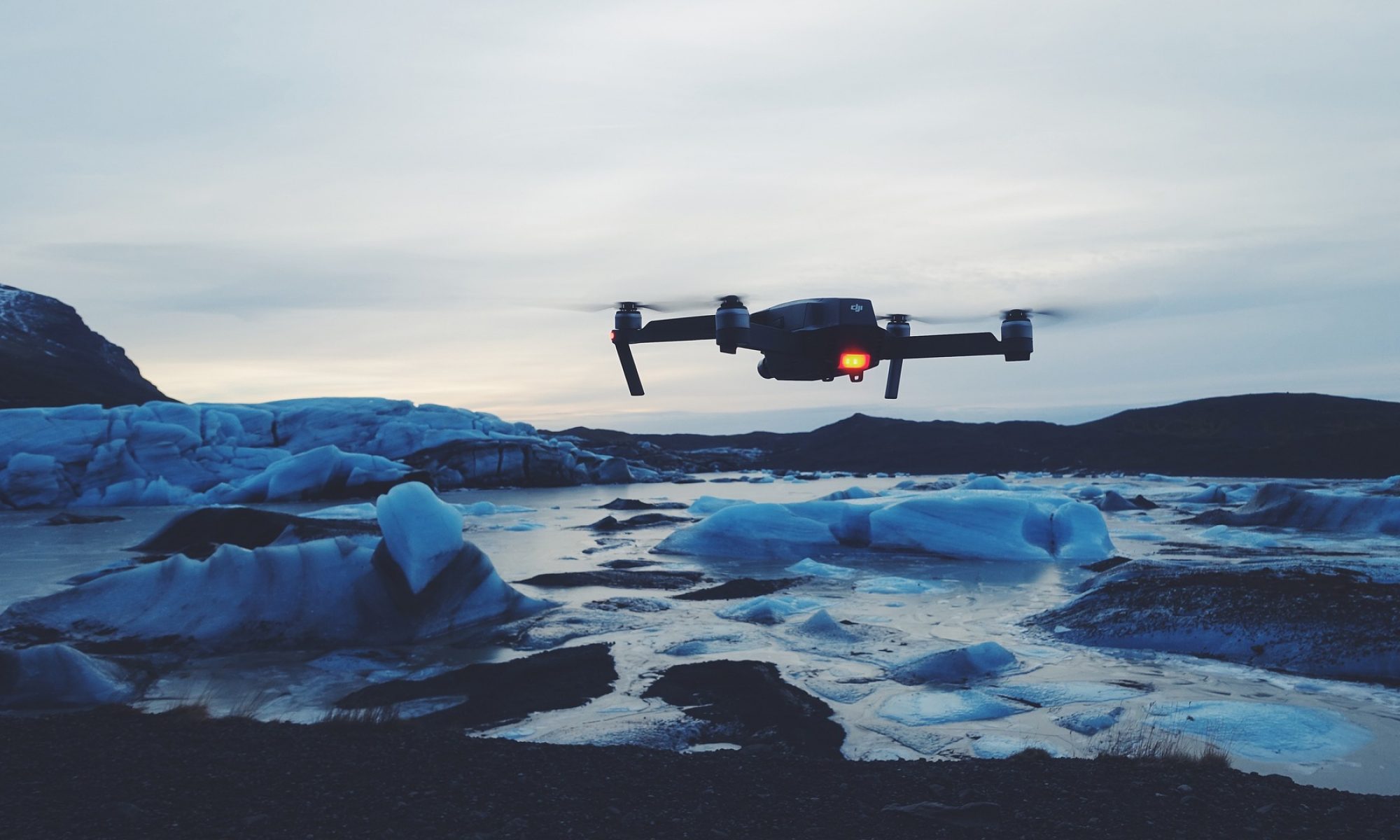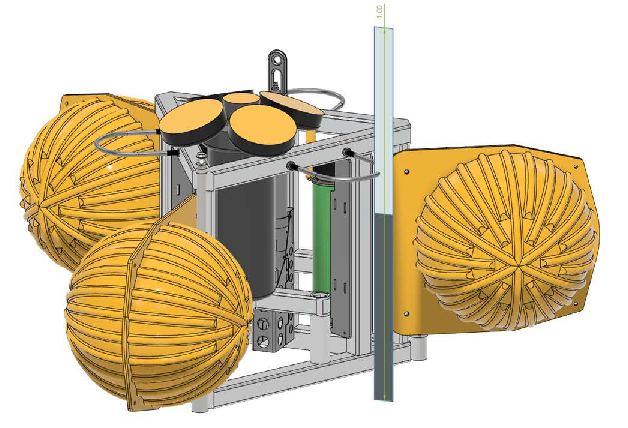Lander Designs for the Study of Mesophotic and Deep Coral Reef Systems in the Gulf of Mexico
Farlow J, Davies A, Woolsey M, Gomes K, McLetchie K, Nadeau D, Martin K
Seafloor and water column observations are critical for scientific assessment of environmental baselines, disaster recovery, and changes observed during storms and climatological variations. Benthic landers and moorings are essential monitoring tools to record time series of observations, but these systems are relatively scarce, and more must be deployed to increase spatial and temporal coverage of the marine environment. The University of Southern Mississippi and the University of Rhode Island have co-developed two new lander designs for deployment within the US Exclusive Economic Zone of the Gulf of Mexico, with each development effort managed by its home institution. The strategy is to produce one lander for shallow ranges focused on mesophotic coral ecosystems (<300 m water depth) and the other for deeper ranges with a focus on deep-sea coral habitats (> 200 and < 2500 m). The size, mission duration, and instrumentation of landers built for these two environments differ greatly but designing them in a cooperative manner allows for a commonality of design concepts, operational considerations, and instrument processing pipelines.
[sendpaper paperurl=”2023_Farlow_IEEE.pdf”]
Full Citation
Farlow J, Davies A, Woolsey M, Gomes K, McLetchie K, Nadeau D, Martin K (2023) Lander Designs for the Study of Mesophotic and Deep Coral Reef Systems in the Gulf of Mexico OCEANS 2023 – MTS/IEEE US Gulf Coast. IEEE


